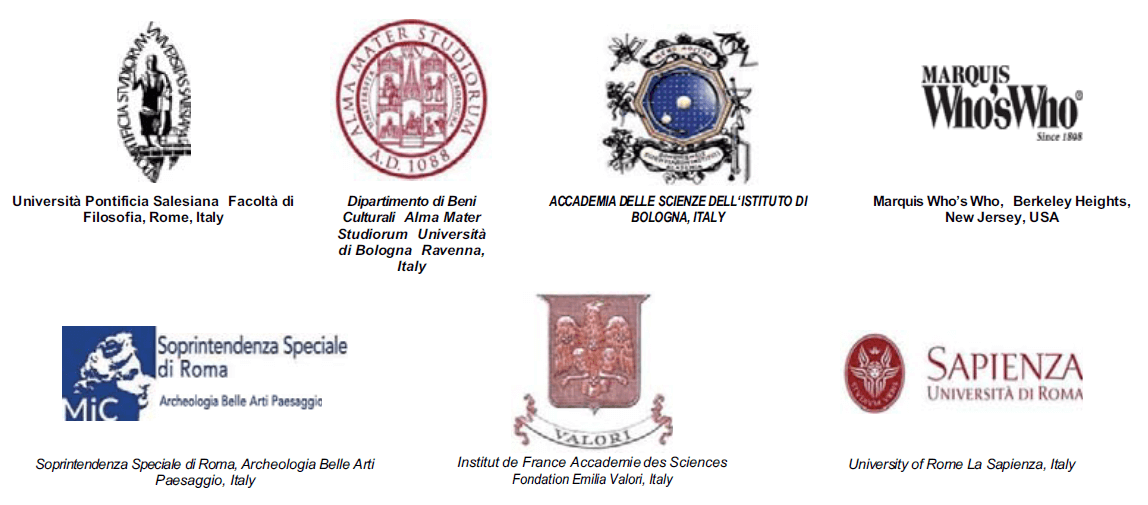The “Cultural Heritage” under the patronage and the protection of the bishops. The late antique model
DOI:
https://doi.org/10.6092/issn.1973-9494/552Abstract
Radiating from the episcopal palace to embrace the city as a whole – the city as cultural heritage par excellence – and from late antique Ravenna across the entire ecumenical domain of the Mediterranean, the bishop’s patronage and protection cannot but extend beyond the patrimony of places of worship and sacred objects per se. The bishop is the pivot of urban religious unity, the guarantor of its civil continuity: building, rebuilding, innovating, always taking as his starting point the structure that most embodies that “civicness” – the city walls, which Roman law held to be “sanctified”, and which the bishops resanctify the Christian way. The author therefore highlights the bishop’s responsibility towards his church and his city, along the two “political” lines of Romano-Hellenism: civic evergetism and legal tutelage over goods and infrastructure, including weakened public infrastructure. The bishop’s role (as patron, protector and guarantor) should in any case be seen in the context of a providential quest for salvation which acquires concrete form in the well ordered earthly city.Downloads
How to Cite
Orselli, A. M. (2003). The “Cultural Heritage” under the patronage and the protection of the bishops. The late antique model. Conservation Science in Cultural Heritage, 3(1), 35–46. https://doi.org/10.6092/issn.1973-9494/552
Issue
Section
Articles
License
Copyright (c) 2003 Alba Maria Orselli
Copyrights and publishing rights of all the texts on this journal belong to the respective authors without restrictions. Authors grant the journal right of first publication.
This journal is licensed under a Creative Commons Attribution 4.0 International License (full legal code).
See also our Open Access Policy.






